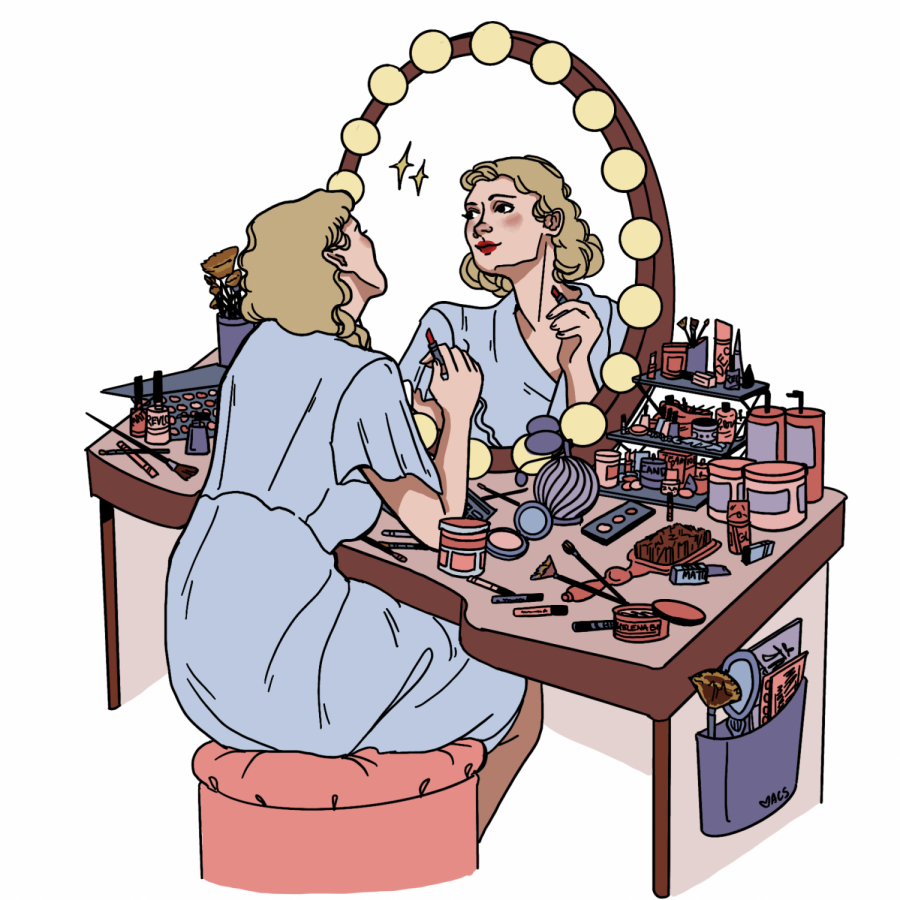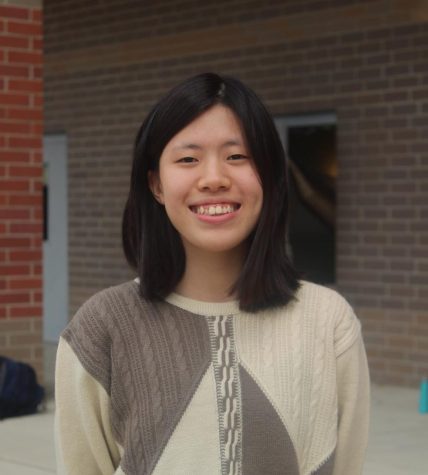Western beauty standards create absurd expectations
Western beauty standards harm self-confidence in teenagers around the world.
February 5, 2020
Pale, big eyes, double eyelids, a high nose bridge and a slim figure are just a few beauty standards in South Korea. These extremely narrow and demanding beauty standards mirror the rigid Western ideals of attractiveness and directly show the change of culture in terms of “what is deemed beautiful.”
This global phenomenon is on the rise, and fatal consequences are quick to follow. The decrease in self-confidence and increase in the percentage of underweight young women around the world indicate the dire need for a change in our society and effort to celebrate diverse body shapes and sizes.
When I was ten years old, my family and I moved to South Korea. Everything, from the education system to the food, was different, but one aspect did not seem so: the beauty standards. A visit to Gangnam (commonly known as South Korea’s Beverly Hills) would give you a direct insight to the extent Western beauty standards are influencing Korea; strewn among the streets of Gangnam are plastic surgery hospitals and beauty products such as whitening cream and double eyelid stickers.
It was uncomfortable to see how many young Korean girls yearned for double eyelid surgery to change their smaller monolid eyes and how whitening skin products, despite being immensely discriminatory, were deemed “okay.” The favoritism for lighter skin or colorism in South Korea not only stems from the widespread belief that ‘darker skin’ is countrified and unattractive but also the white beauty standard that dominates fashion magazines and brands. The whiter you were, the closer you were to what was considered acceptive and beautiful.
“Ssang-su” (a shortened word for double eyelid surgery), a common graduation present for students, clearly stipulates the level to which Western beauty standards are embedded in the culture and daily lives of Koreans.
Not only are the harsh beauty standards of South Korea created by ‘globalization,’ subjectivity and social oppression, but they are also increasingly influenced by the media. K-pop groups and Korean actors with light skin, slim figures and large eyes are the stereotypical stamp of beauty that is idealized and looked up to.
Beauty standards that conform to Western beauty standards need to be changed, and the first step to take is to alter how the media portrays attractiveness. It’s crucial to send the message that natural Asian features are beautiful, and that individuality and uniqueness is beauty in itself. The focus should not be on changing the natural Asian features young teenagers have but increasing acceptance of them and introducing diverse images of beauty.
In Korea, Hwasa, a K-pop idol, and musician Lee Soo Hyun are some examples of celebrities who are currently breaking beauty stereotypes. An increase in the diversity of idols and “role models” that appear on television are early solutions to change young children’s perception of beauty, helping them understand and accept diverse Asian features.
Although the U.S.’s beauty standards are far from perfect, plus-sized models, size-inclusive clothing and an increase of celebrities—like Lizzo, Ashley Graham, Winnie Harlow and Ruby Rose—with diverse beauty images have been changing stereotypical beauty standards. It’s important to send out a message to young teenagers, especially those in countries like South Korea, that all eye shapes, styles and bodies are beautiful.



